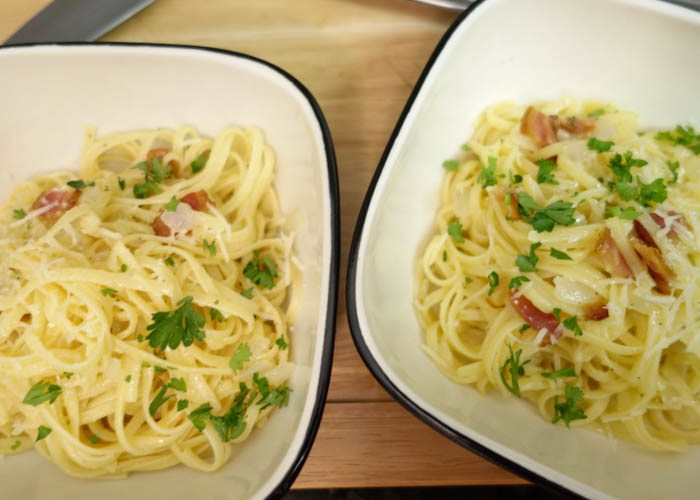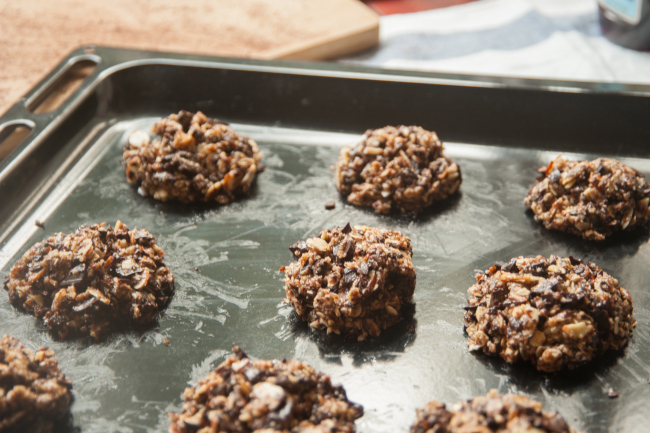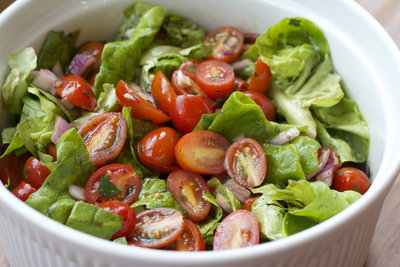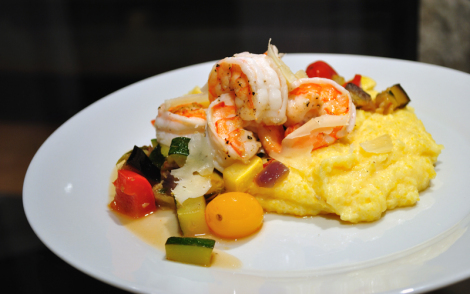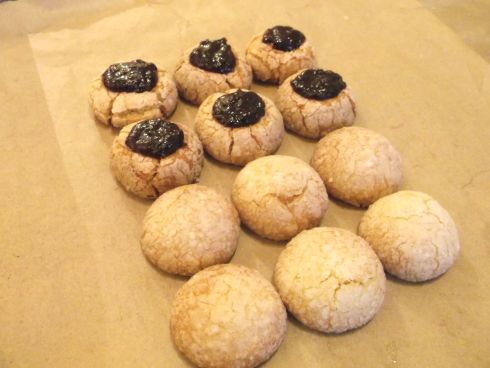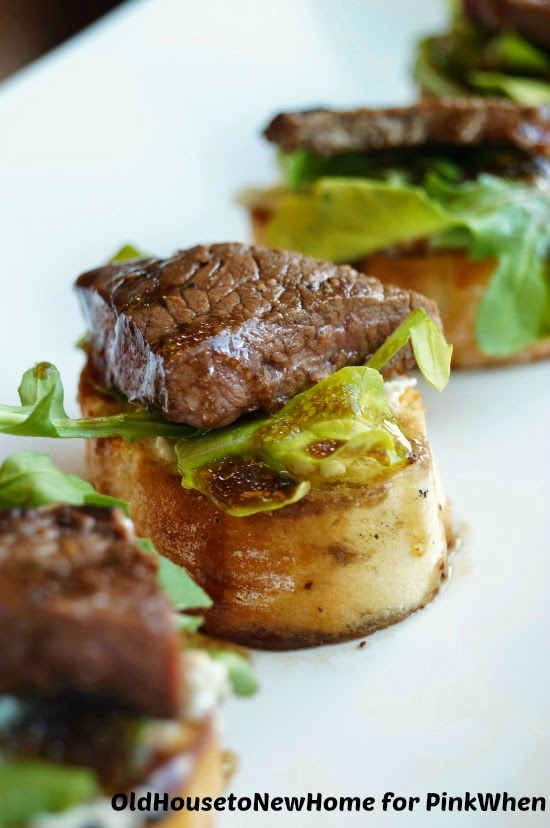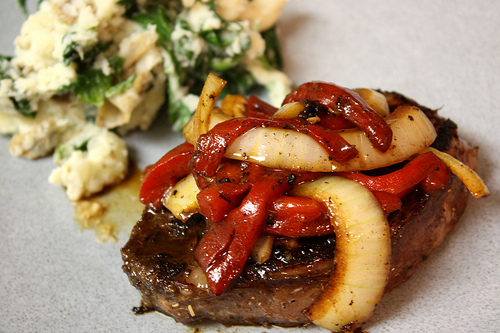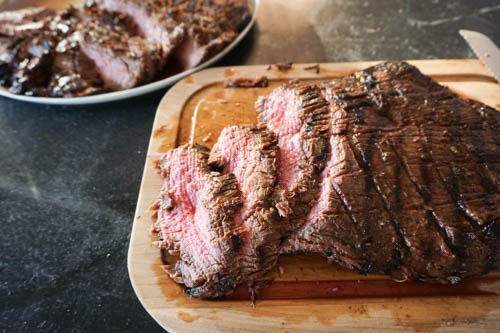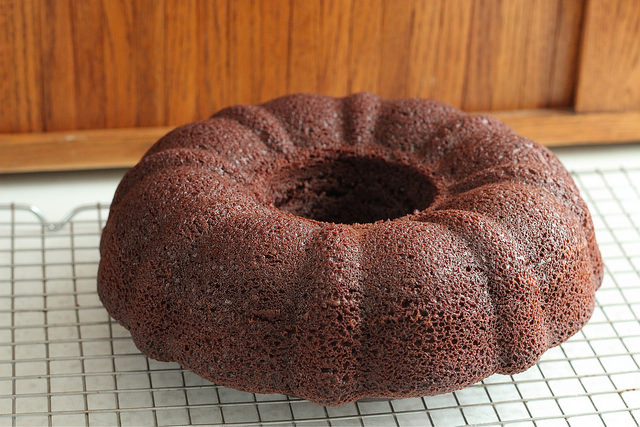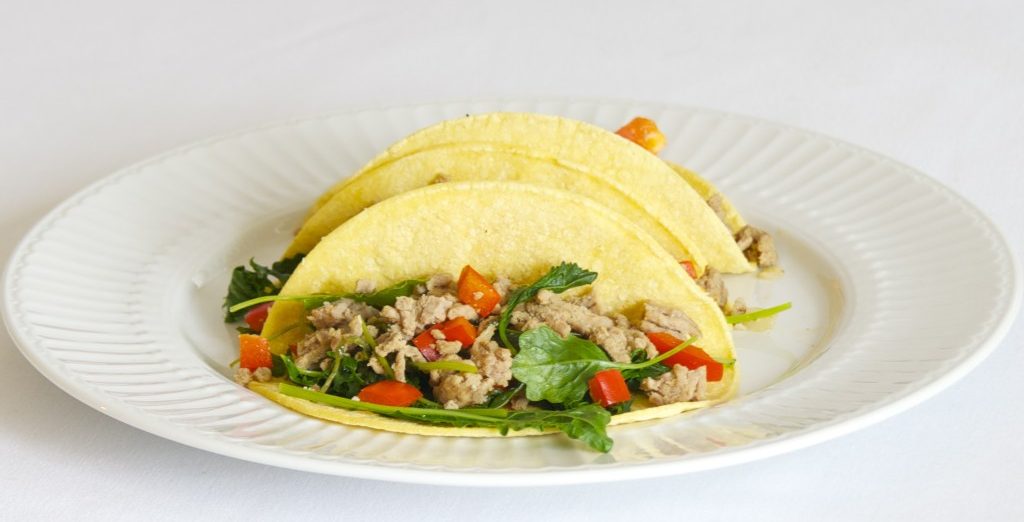This recipe would be great for a family meal! To make this recipe taste even
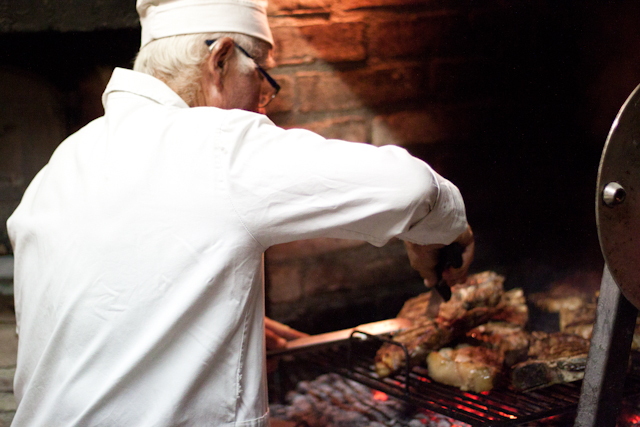
The Perfect Bistecca Fiorentina
Curiously, the Italian word bistecca is actually borrowed from the English “beef steak.” Pellegrino Artusi has a recipe for bistecca fiorentina in his 1891 cookbook, which is still – as with all of Artusi’s recipes – the classic way to cook a real bistecca. He rightly describes which cut of meat is used to those who may be unfamiliar to the Tuscan specialty and points out that this “excellent dish” may not be widespread throughout the newly formed peninsula because in many places the butchers were still butchering only older, working animals.
In fact, the provenance of abistecca fiorentina determines how genuine it is. The realbistecca fiorentina comes from an ancient Tuscan breed, one of the world’s largest, the Chianina cow. These lean, tall, perfectly white creatures were once traditionally used as working animals for their size and strength, but they also have extremely prized and tasty meat, which is not without a set of strict rules when it comes to cooking and eating it.
Traditional sides are roast potatoes, saut̩ed spinach or silverbeet and white cannellini beans Рand plenty of Tuscan bread to mop up the juices.
The perfect bistecca fiorentina:
- It must be eaten rare. That means not just blushing pink inside, but bloody. For those that like their meat well done, there are two options: either be adventurous and try this as it should be eaten or order something else! Do not be tempted to order it then ask for it to be cooked longer – it dishonours this beautiful, lean meat, which would only turn into something the texture of an old leather boot the longer it cooks.
- The bistecca must be on the bone (a T-bone), with the amazingly tender fillet attached and no thicker than “two fingers” deep. A portion is generally 600-800 grams, so don’t be surprised when ordering a bistecca fiorentina and the waiter brings out a hunk of meat weighing over a kilogram – it’s generally meant to be shared amongst the table.
- It must be cooked over burning hot, red coals. For a steak weighing over a kilogram, let it rest for around 10-15 minutes, covered, before cutting into thick slices and serving.
- No sauce – the only thing this tasty steak needs is some salt (after it has come off the grill), some freshly cracked black pepper and perhaps a drizzle of extra virgin olive oil. As Artusi says, “the beauty” of its rareness is that when you cut into it, out pours the most wonderful “sauce” on the plate. Some serve it with a wedge of lemon but purists will tell you this is a no-no.
Post taken fromemikodavies.com under a Creative Commons License.

